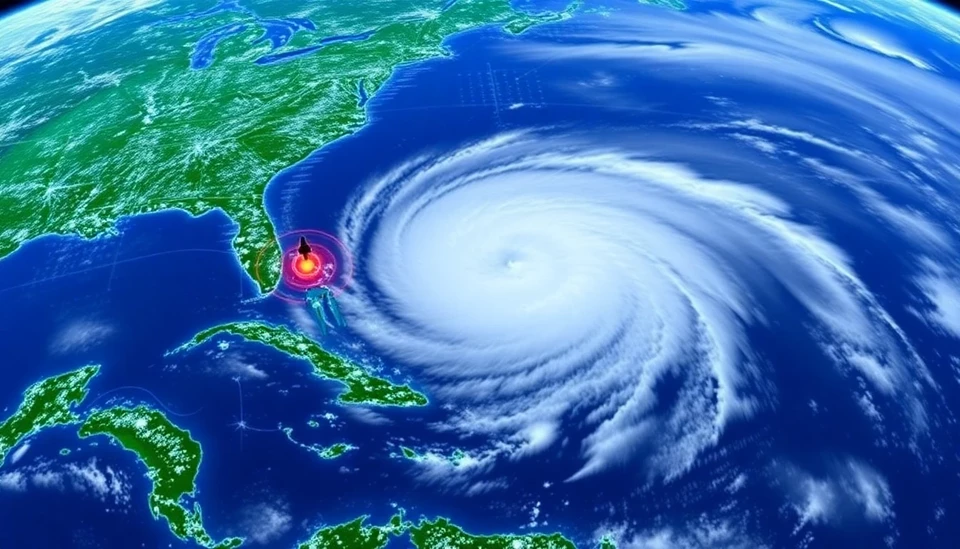
This hurricane season, the utilization of artificial intelligence (AI) has marked a significant advancement in predicting and managing the impacts of severe weather events. As storms continue to pose an increasing threat globally, the integration of AI technology has been tested rigorously to enhance forecasting accuracy and response efforts.
In recent years, meteorologists have been leaning on complex models to predict hurricane trajectories and intensities. However, the advent of AI has allowed for a more nuanced analysis of data, leading to improvements in how storms are understood and projected. This season, advanced algorithms processed an extensive array of data points, including satellite imagery and historical storm patterns, to deliver real-time insights that could be critical in mitigating damage and saving lives.
This year's deployment of AI in forecasting is particularly crucial given the uptick in hurricane activity observed in various regions. Consequently, scientists have been encouraged to harness machine learning capabilities to identify potential storm development, predict ebb and flow patterns, and issue timely warnings. The results have led to higher accuracy in forecasts, with AI tools successfully predicting shifts in storm paths that traditional models might have missed.
One significant advancement this season was the integration of AI for rapid analysis of satellite data. The technology has allowed for almost instantaneous processing, giving meteorologists the ability to track hurricanes as they develop and move. These AI-powered assessments have increased the lead time for evacuation orders and disaster preparedness measures, proving invaluable in emergency management.
Moreover, AI has made strides not only in forecasting but also in evaluating the potential impact of hurricanes. By analyzing factors such as population density, infrastructure resilience, and past hurricane effects, AI models have provided insights into how communities should prepare and respond in the face of looming threats. This multifaceted application illustrates the versatility and necessity of AI in contemporary weather prediction and emergency response strategies.
The collaboration among scientists, meteorologists, and tech developers has led to enhanced tools that incorporate feedback loops, allowing these systems to learn and improve continuously. As AI technologies evolve, they become increasingly adept at integrating new data, refining their predictions, and enhancing the overall readiness for extreme weather phenomena.
As this hurricane season comes to a close, the lessons learned from utilizing AI in weather forecasting highlight a paradigm shift in how we approach storm prediction. The success of these AI applications points to a future where technology plays a crucial role in decision-making processes and disaster preparedness, ultimately aiming to protect lives and minimize damage during severe weather events.
The investment in AI technology and its deployment in real-world scenarios underscore a proactive stance towards climate-related challenges. As the impact of climate change continues to escalate, the advancements in AI-driven forecasting could prove to be a vital tool in facing the challenges that lie ahead.
For future hurricane seasons, the integration of AI will likely become standard practice. The emphasis on machine learning capabilities shows promise in not only improving accuracy in forecasting but also in transforming the landscape of emergency management and community preparedness.
In conclusion, this hurricane season has demonstrated that the application of artificial intelligence in weather forecasting is not just a fleeting trend but rather an essential component of modern meteorology. The potential for AI to improve outcomes in vulnerability assessments and real-time decision-making continues to be an exciting frontier in the battle against enduring climate crises.
#AI #HurricaneSeason #WeatherForecasting #DisasterManagement #ClimateChange #MachineLearning
Author: Sophie Bennett




